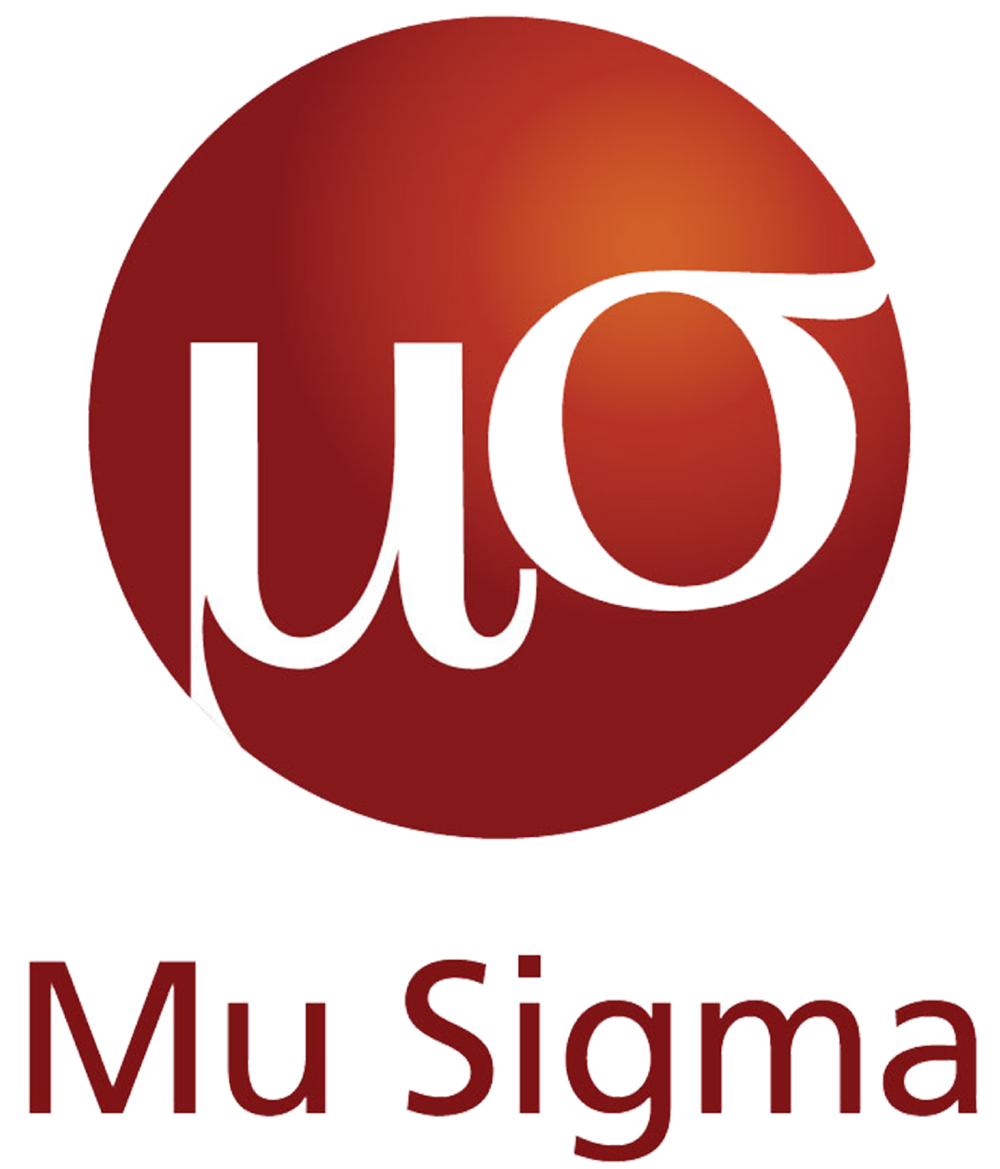Join the many companies that staff their roles with our UX developers
Our UX developers are ready to be hired
Amelia R.
- Austin, TX
- 11 years of experience
Increased user engagement by 40% through implementation of intuitive navigation design for e-commerce platform
Reduced customer support tickets by 25% by redesigning user onboarding process
Collaborated with cross-functional teams to ensure seamless integration of UX designs with backend systems
Recent Project
Amelia led the redesign of a popular fitness tracking app. She conducted extensive user research to identify pain points in the existing interface. Based on the findings, she developed a new information architecture and created interactive prototypes that improved the app’s usability score by 30% in beta testing.
Marcus L.
- Seattle, WA
- 10 years of experience
Improved conversion rates by 35% through A/B testing and iterative design improvements on landing pages
Decreased bounce rate by 20% by optimizing page load times and implementing responsive design principles
Mentored junior designers in user-centered design methodologies and best practices
Recent Project
Marcus spearheaded the UX overhaul of a B2B SaaS platform. He conducted workshops with key stakeholders to align business goals with user needs. Using this input, he created a comprehensive design system that streamlined the development process and ensured consistency across the platform.
Sophia K.
- Chicago, IL
- 11 years of experience
Increased mobile app retention rate by 50% through implementation of personalized user dashboards
Reduced cart abandonment rate by 30% by simplifying the checkout process for an e-commerce site
Pioneered the adoption of accessibility standards, ensuring WCAG 2.1 AA compliance across all projects
Recent Project
Sophia redesigned a government agency’s public-facing website. She employed user journey mapping to identify critical touchpoints and pain points. Her redesign focused on improving information architecture and implementing plain language principles, resulting in a 45% increase in successful task completion rates among users.
Ethan D.
- Miami, FL
- 9 years of experience
Increased user satisfaction scores by 60% through implementation of data-driven UX improvements
Reduced onboarding time for new users by 25% by creating an interactive tutorial system
Championed the use of design thinking workshops to align stakeholders and drive innovation
Recent Project
Ethan led the UX design for a new fintech mobile app. He utilized rapid prototyping techniques to quickly iterate on complex financial workflows. Through extensive usability testing and refinement, he created an intuitive interface that received overwhelmingly positive feedback during the app’s beta launch.
Olivia T.
- Boston, MA
- 2 years of experience
Improved task completion rates by 45% through redesign of enterprise resource planning (ERP) software interface
Increased customer satisfaction scores by 30% by implementing user feedback loops and continuous improvement processes
Developed and maintained a comprehensive UX style guide to ensure consistency across multiple products
Recent Project
Olivia redesigned a popular recipe and meal planning website. She conducted extensive user research to understand cooking habits and pain points. Based on these insights, she created a new information architecture and user flow that integrated meal planning, grocery lists, and cooking instructions seamlessly. The redesign resulted in a 40% increase in daily active users.
Nexus IT Group will quickly staff your technical roles
81%
of our successful candidates are submitted within one week
92%
of our candidates will accept your offer
96%
of our candidates are employed with your firm after 12 months
What our clients have said about working with Nexus IT Group
Our client creates balance between existing investments and cloud-driven innovation with a practical approach that prioritizes results. This particular client tasked our cloud recruiters with a challenging project. Being named Google Cloud Partner of the Year, this recognition required them to increase their Google Cloud Architect and Engineering resources. Google Cloud talent is quite a bit more scarce than AWS and demand more salary, so our cloud recruiters had to get creative with our sourcing strategy. Reach out to learn how we filled 13 Google Cloud professionals for this client.


A 3 year old startup who is transforming insurance buying by providing a digital insurance engine and world-class underwriting capabilities tasked Nexus IT group to identify, vet, and hire a Head of Data Engineering for the data engineering group. Our data scientist recruiters quickly got on this executive level search. Diversity sourcing and hiring was very important for this client so the team focused on diversity sourcing. We ended up sourcing 176 candidates, submitted six candidates and the client ended up hiring one candidate.


Our client creates balance between existing investments and cloud-driven innovation with a practical approach that prioritizes results. This particular client tasked our cloud recruiters with a challenging project. Being named Google Cloud Partner of the Year, this recognition required them to increase their Google Cloud Architect and Engineering resources. Google Cloud talent is quite a bit more scarce than AWS and demand more salary, so our cloud recruiters had to get creative with our sourcing strategy. Reach out to learn how we filled 13 Google Cloud professionals for this client.


Our client creates balance between existing investments and cloud-driven innovation with a practical approach that prioritizes results. This particular client tasked our cloud recruiters with a challenging project. Being named Google Cloud Partner of the Year, this recognition required them to increase their Google Cloud Architect and Engineering resources. Google Cloud talent is quite a bit more scarce than AWS and demand more salary, so our cloud recruiters had to get creative with our sourcing strategy. Reach out to learn how we filled 13 Google Cloud professionals for this client.
Frequently asked questions about hiring your next UX developer
While there’s some overlap, a UX Developer typically has a stronger focus on the technical implementation of UX designs. They bridge the gap between design and development, often having skills in both areas. UX Developers can prototype in code, understand front-end development, and work closely with both designers and engineers to ensure the final product matches the intended user experience.
Key technical skills for a UX Developer include proficiency in HTML, CSS, and JavaScript. They should also be familiar with front-end frameworks like React or Vue.js. Knowledge of prototyping tools (such as Figma or Adobe XD), version control systems (like Git), and responsive design principles is crucial. Familiarity with user research methods and data analysis tools is also beneficial.
While a degree in Human-Computer Interaction, Interaction Design, or a related field can be valuable, it’s not always necessary. Many successful UX Developers come from diverse backgrounds, including computer science, psychology, or even self-taught paths. What’s most important is a combination of technical skills, understanding of UX principles, and a strong portfolio demonstrating their abilities.
Essential soft skills for a UX Developer include strong communication abilities, empathy for users, problem-solving skills, and the ability to work collaboratively in cross-functional teams. They should be able to explain technical concepts to non-technical stakeholders and be open to feedback and iterative processes.
Consider giving them a small project or challenge that involves translating a design into a functional prototype. You could also ask them to review an existing interface and suggest improvements. Additionally, have them explain their process for ensuring accessibility and responsiveness in their work.
A UX Developer might start as a junior developer focusing on implementing designs. As they progress, they could move into more senior roles where they’re involved in the design process and technical decision-making. Some may specialize further in either the UX or development side, potentially moving into roles like Lead UX Developer, UX Architect, or even transitioning to full-stack development if they lean more technical.
The field of UX and web development evolves rapidly, so look for candidates who demonstrate a commitment to continuous learning. This could include staying updated with the latest web technologies and UX trends, attending relevant conferences or workshops, participating in UX communities, or regularly reading industry publications and research.
Yes, involving UX Developers in user research and testing can be highly beneficial. It gives them direct insights into user needs and behaviors, helping them make more informed decisions during implementation. Their technical knowledge can also be valuable in designing and setting up user tests, especially for interactive prototypes or complex functionality.
While strong visual design skills can be an asset, they’re not typically a core requirement for a UX Developer. The focus should be more on their ability to implement designs effectively and create smooth, intuitive interactions. However, a good eye for design and understanding of design principles can help them communicate better with designers and make informed decisions during implementation.


